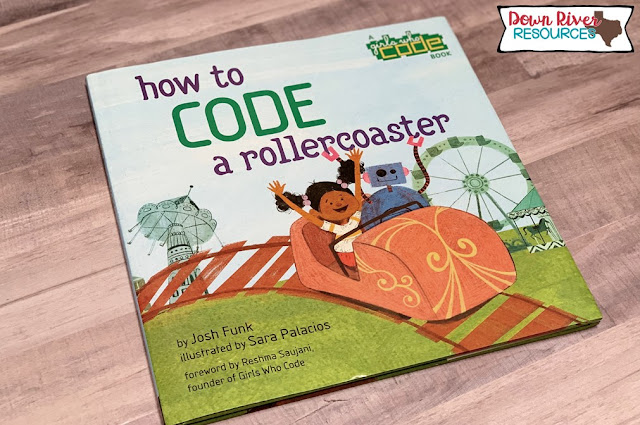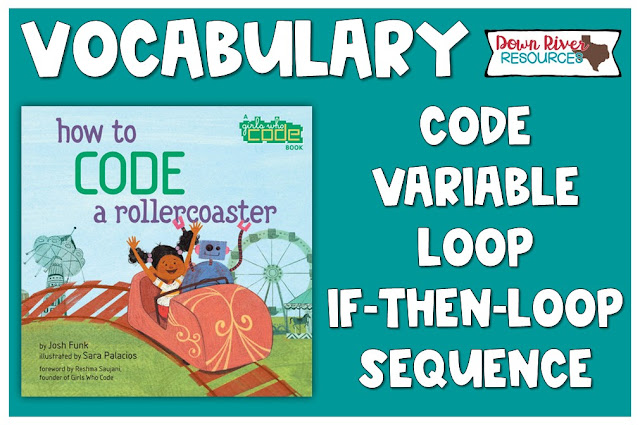WHEW! You made it to December and students and teachers alike are exhausted! Let me help you plan a socially-distanced party for your classroom, a Zoom party, or a Google Meet party! No matter if you are celebrating the end of 2020 virtually or in-person, you can have a memorable day with your beloved students. You can also snag printable lists of ideas to share with your co-workers!
The Top Ways to Celebrate Classroom Parties
You have had a hard year. Your students have too!
Celebrate the end of 2020 in style with these fun classroom party ideas.
Zoom Party Ideas for the Classroom
Are you able to mail something to your students? Do you have students picking up supplies, materials, and resources?
You can grab something individually wrapped and send it to your students to have a special treat during your meeting!
- Drink hot cocoa together
- Eat popcorn
- Send home or deliver a “party-in-a-bag” (popcorn, cocoa, bingo card, craft materials, candy cane, or other goodies/activities to use on party day)
Want to keep it hassle-free, friend?
Here's a few dress-up and dress-down ideas and activities that you can do on a virtual meeting:
- Wear pajamas
- Wear fancy clothes
- Dance to music
- Play Simon Says or Dance and Freeze
- Bring a stuffed animal for story time
- Do a directed drawing
Socially-Distanced Party Ideas for the Classroom
Want to spread some good cheer this holiday season? I can't think of a better way than to:
- Make cards for family or nursing/senior living facility
You'll need to deliver or mail the cards to the facility. It's a little job for you but will bring so much joy to this community who has been affected so deeply this year. It will also spread the message of gift GIVING too!
Here's some more ideas that you might like:
- Do a craft or craftivity
- Math Wreath Craftivity: Differentiated craft with four math skills
- Christmas Craftivity: This is not exclusive for Christmas and can be used for all students, as it includes a Santa and/or Snowman.
- Watch a movie
- Decorate cookies
- Play games
- Bingo
- Pictionary
- Eat individually wrapped snacks
Are you ready for a cute treat for your students for their Winter Party?
- Serve rootDEER floats, for each student use:
- 2 candy canes for antlers,
- vanilla ice cream for face,
- cherry for nose, and
- root beer served in a plastic cup!
I have these complete lists and a BONUS list for Teacher Gifts for your co-workers and/or children's teacher! Snag the lists below!

















